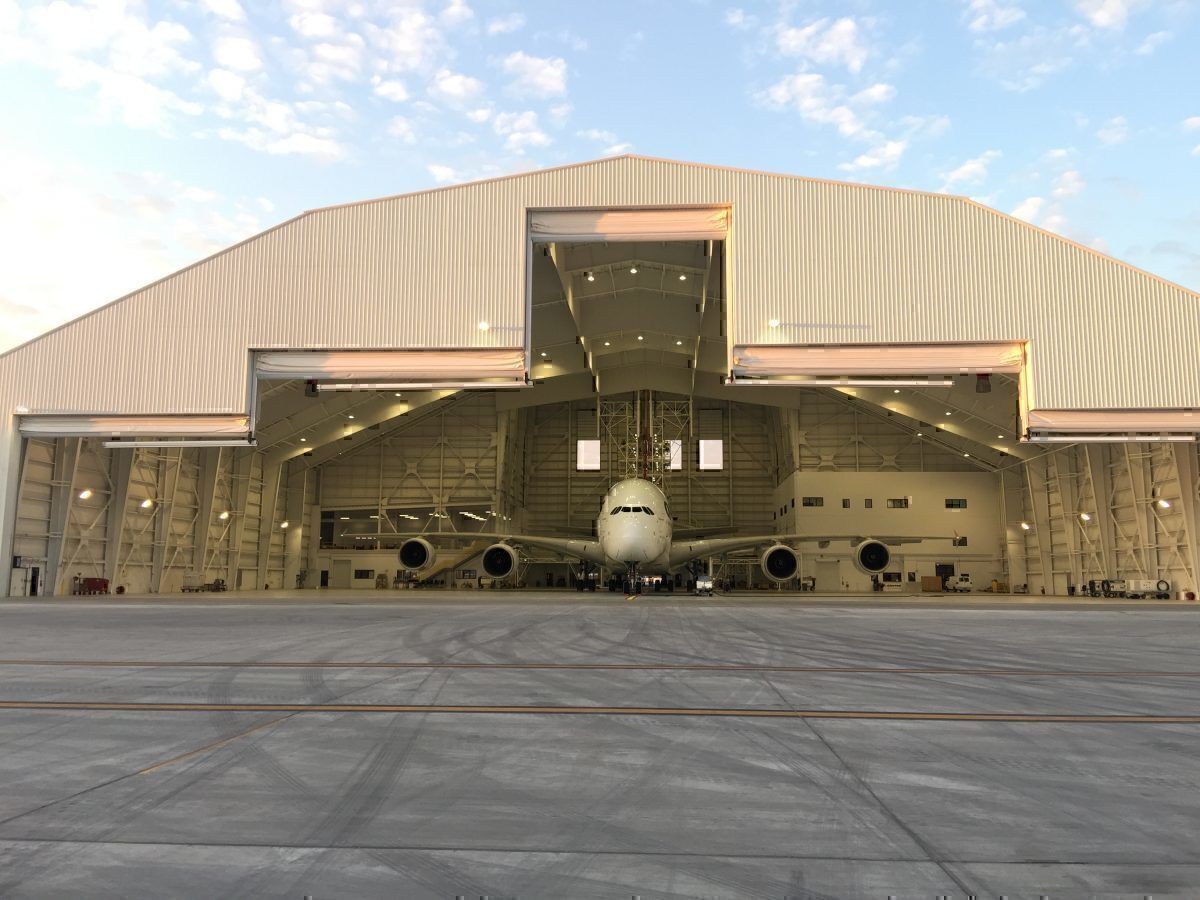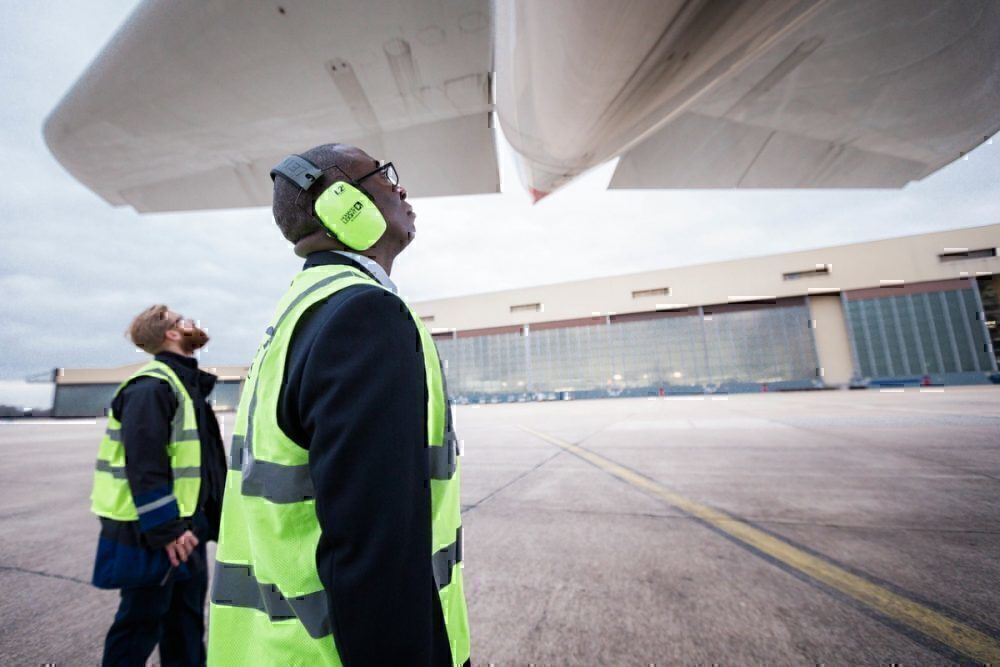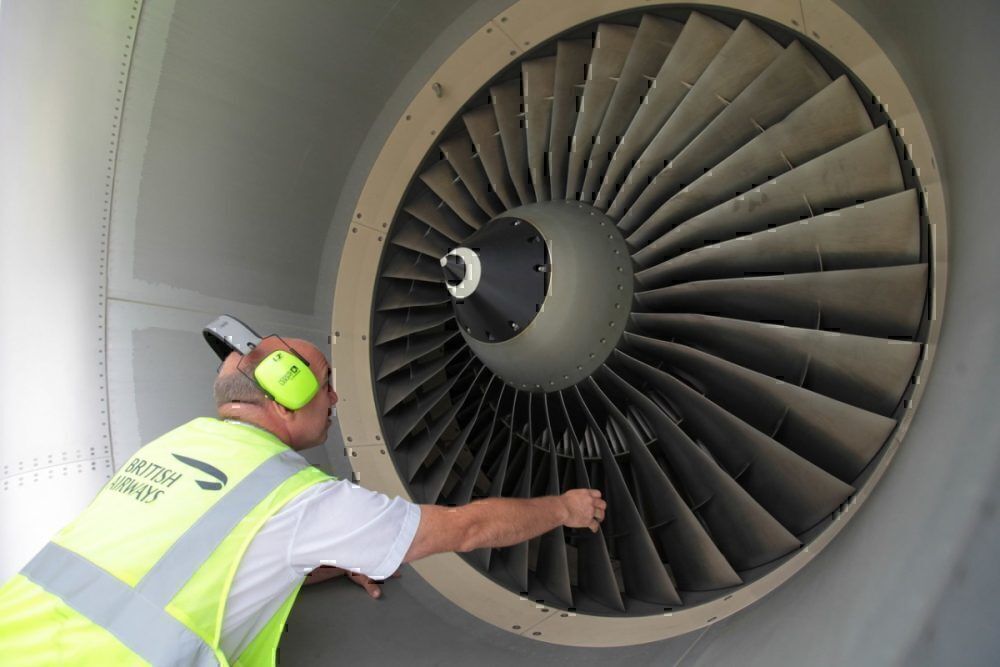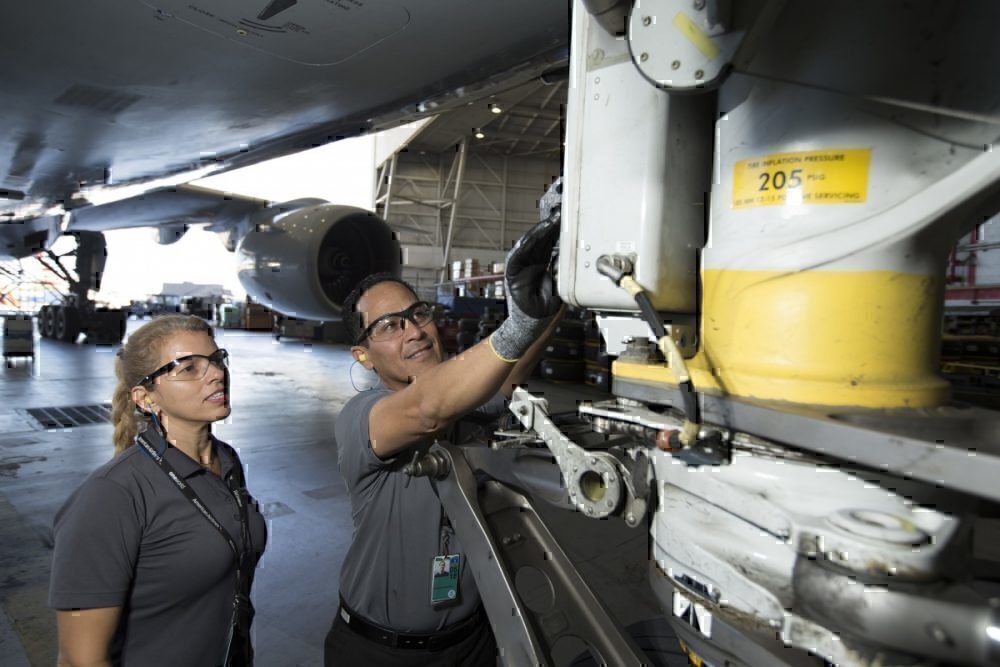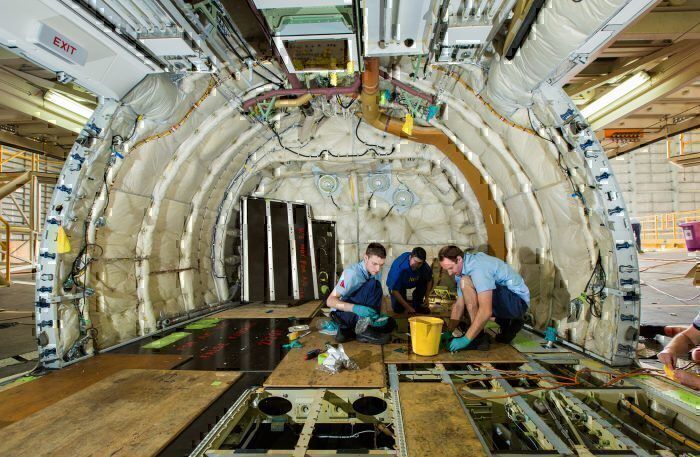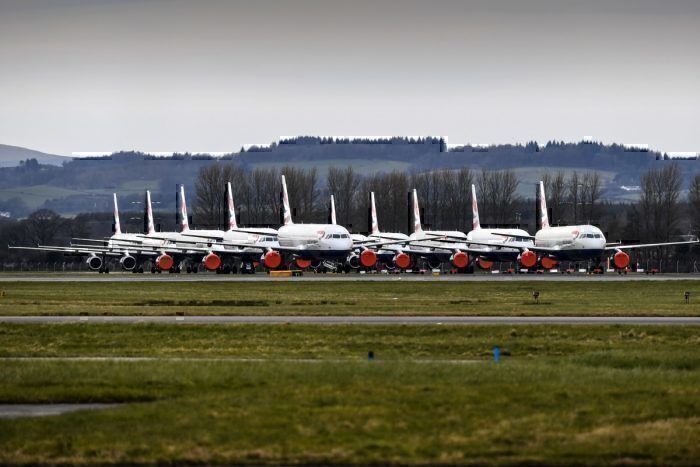Have you ever wondered how often aircraft receive checks and maintenance and how this is structured? With so many aircraft in service, tight schedules, and lots to look at, this is a well planned and formalized process. This article takes a look at the main – so-called A, C, and D – checks that all aircraft regularly undergo.
Maintaining their fleets
All aircraft, after they enter service, follow a continuous and rigorous program of inspection and maintenance. This is defined by the appropriate regulatory authority (FAA in the US, EASA in Europe, for example) for each aircraft operator. And these authorities can fine airlines for errors and omissions.
The timings and details may vary slightly, but a general principle followed by all operators is to break the maintenance into different types – usually lighter ‘A checks’ that occur regularly, and more heavy ‘C’ and ‘D’ checks less regularly.
As well as these formalized inspections and maintenance, aircraft, of course, receive constant ongoing line maintenance. Things like tires, brakes, fluid levels, and any other issues flagged by pilots (or onboard systems) are checked on the ground between flights.
The A checks – regular, light maintenance
The A checks are lighter checks that take place around every 400 to 600 flight hours (or every 200 to 300 flights), varying between aircraft types and age.
Qantas has an interesting write up on Qantas News Room of what is included in these and other checks. These involve filter changes, checks on all key systems and hydraulics, and inspections of all emergency equipment.
A checks can often take place in an airline’s own hangar, and Qantas quote checks taking between six hours and a full day for a Boeing 737.
Stay informed: Sign up for our daily aviation news digest.
The B checks – what happened to these?
Most operators today refer to A, C and D checks. There was originally a set of B checks, also regular checks, but typically carried out after a fixed time period rather than after a certain level of operation. These checks today are usually included with the A checks at the same time.
The C checks – heavier maintenance
C checks are more thorough inspections of most aircraft components and take place approximately every 18 months to two years (but again varying between aircraft type). Some of the areas include more extensive system checks, checking of door seals, APU fuel line inspections, and checking engine air intakes for cracks.
These will usually be carried out at an airline maintenance base and can take one to two weeks to complete. Airlines will sometimes install cabin or seating changes or upgrades at the same time.
The D checks - only a few times in an aircraft’s life
The D check is the most comprehensive check for an aircraft. It is typically carried out every six to twelve years (with newer aircraft such as the Boeing 787 at the longest end of this) and takes around three to six weeks. As with the C check, airlines will often schedule cabin upgrades and replacements at the same time.
Qantas described the thoroughness of this as,
“The entire aircraft is basically dismantled and put back together.”
There is a full inspection of the structure for corrosion, cracks, or other issues. This involves removing all the cabin interior. The engines are removed and re-assembled, as is the landing gear structure.
The costs of these checks can reach into the millions. The 2018 cost for a Boeing 747-400 D check was approximately $6 million, and a 777-3000ER as $4.5 million, for example. For older aircraft, this can be prohibitively expensive, and aircraft often have their retirement, or long term storage, timed with an upcoming D check schedule.
Maintaining stored aircraft
As a final thought on aircraft maintenance, what about maintenance needs when aircraft are not in operation? Even when parked or stored, many things still need to be checked over, especially if a quick return to service is in mind. Simple Flying took a look at this, amidst the massive grounding and parking of aircraft seen in early 2020.
The focus is very different here. It's about protecting the aircraft, but also getting it ready for service again as fast as possible. Holes need to be covered to keep insects and birds out, everything needs to be thoroughly cleaned, and tires need to be regularly rotated.

